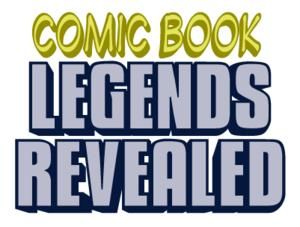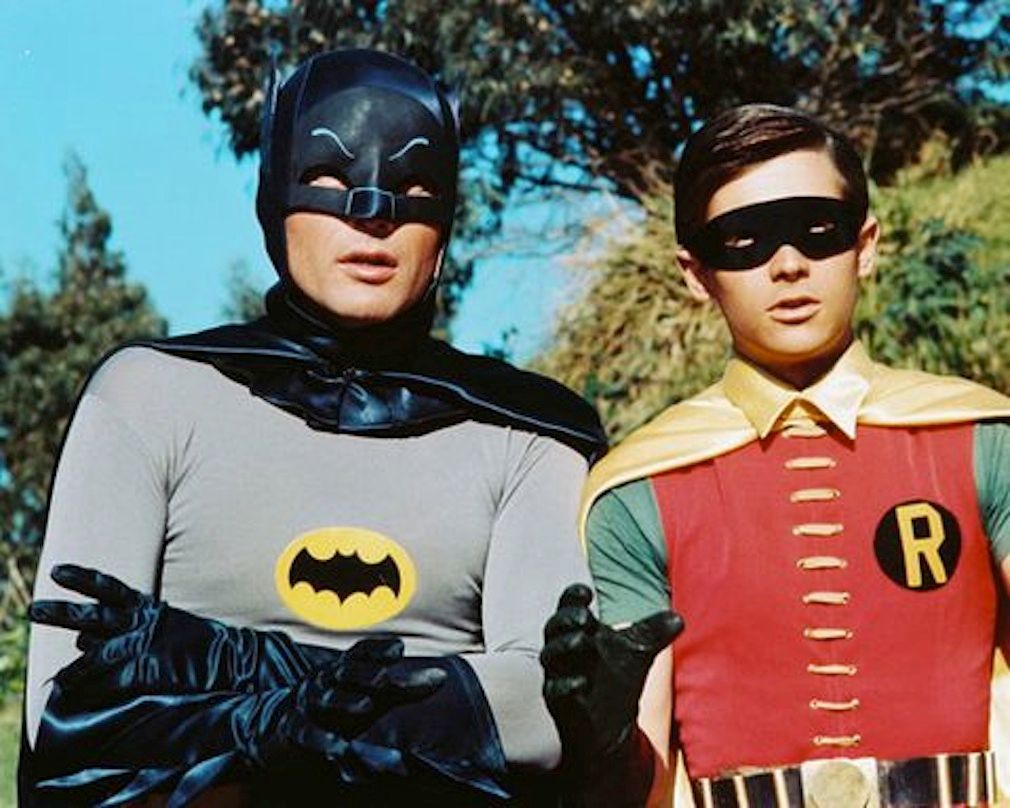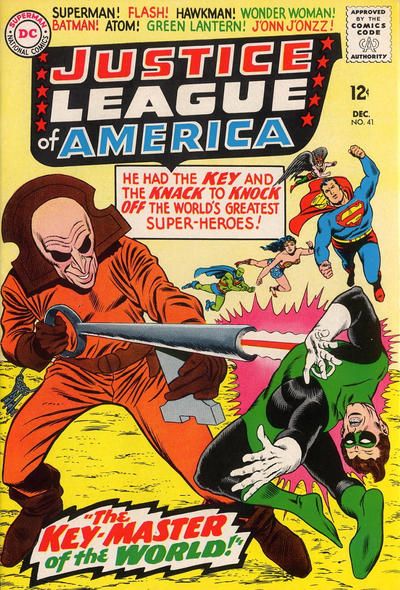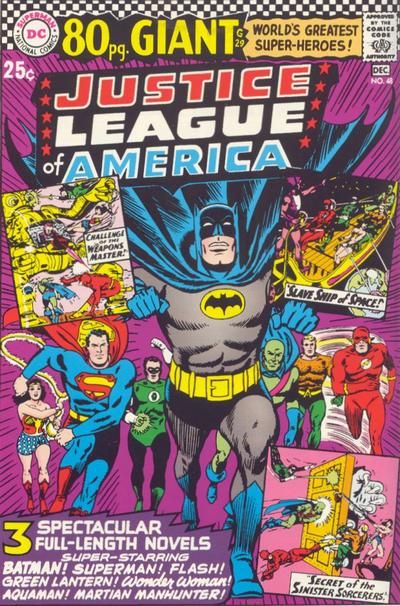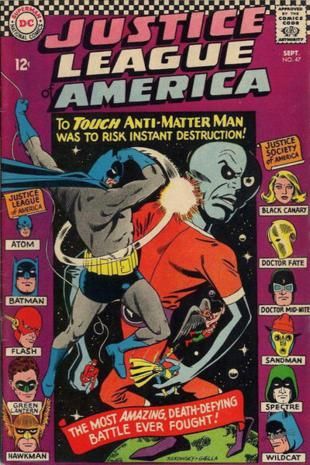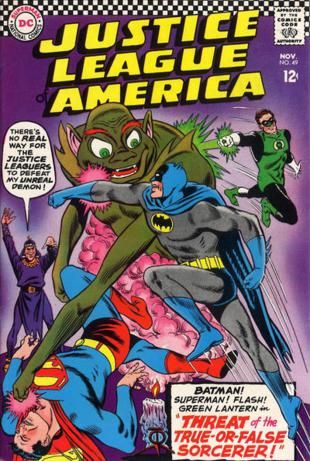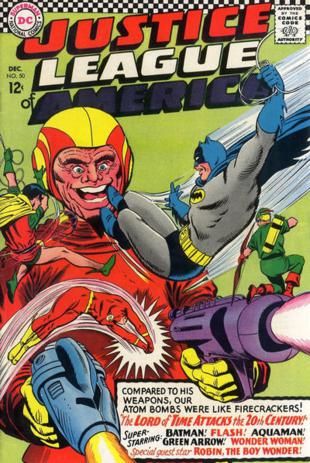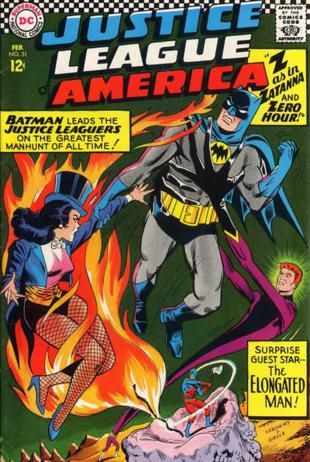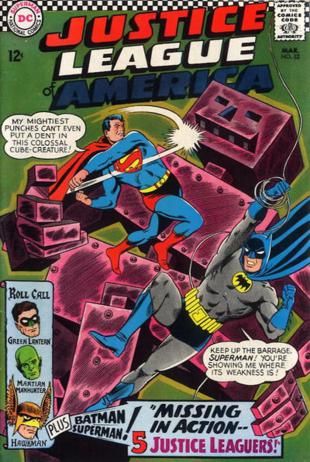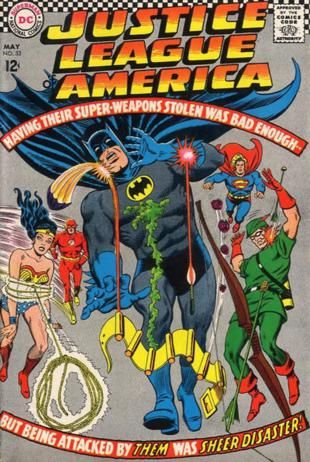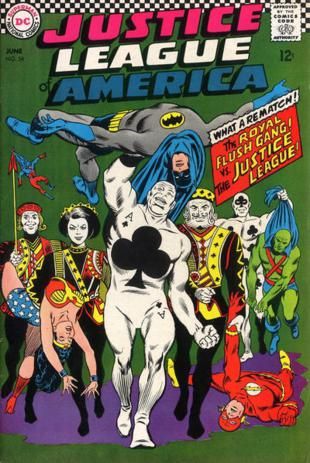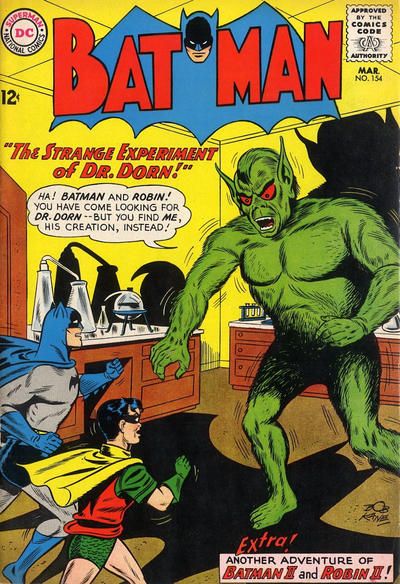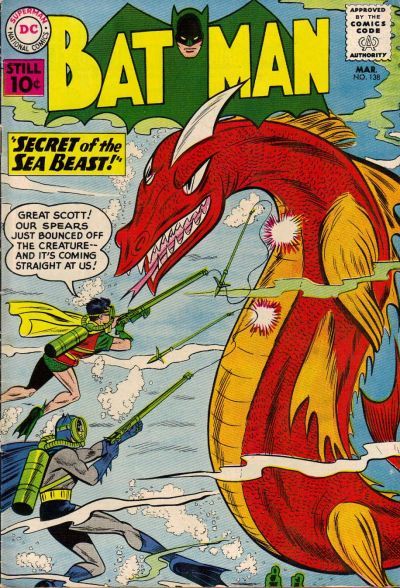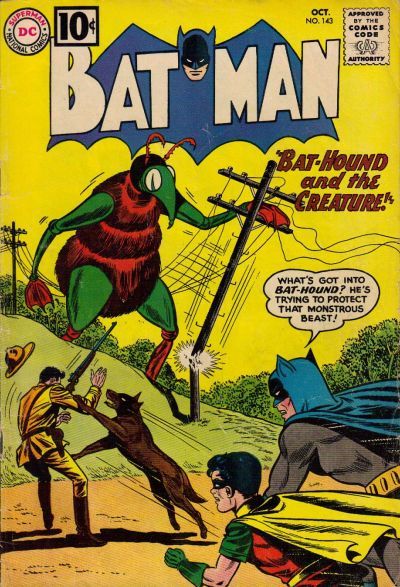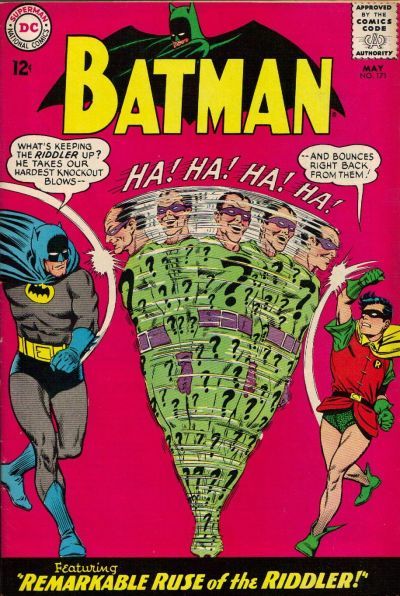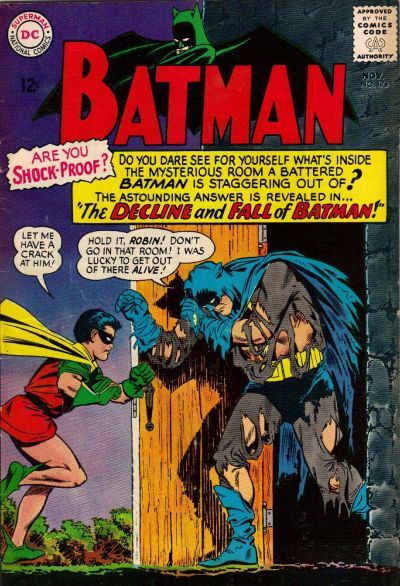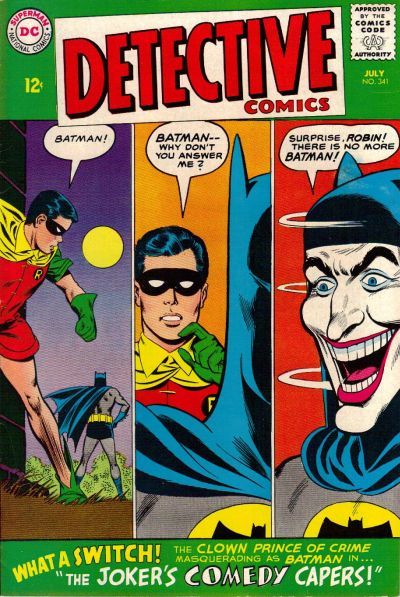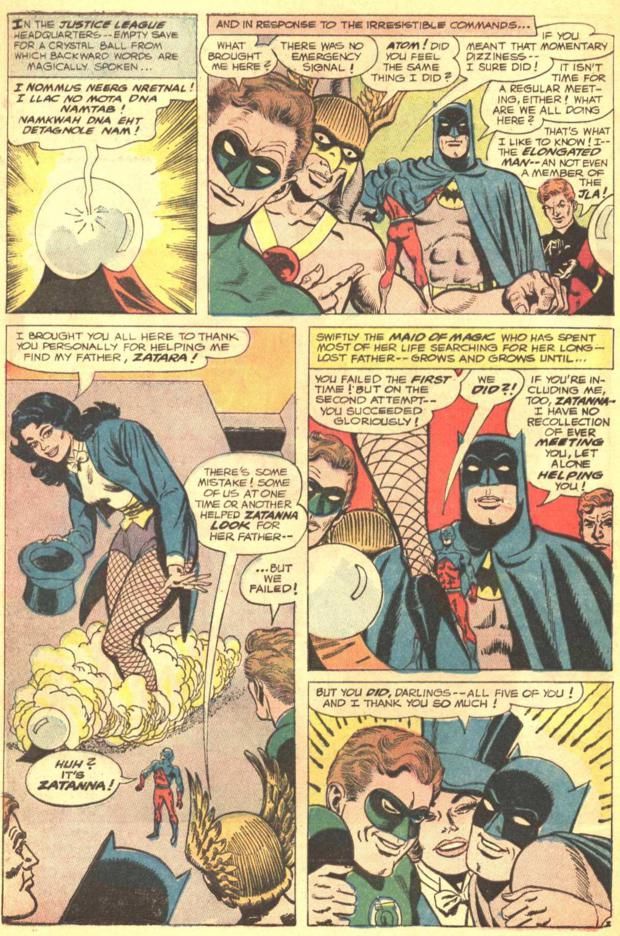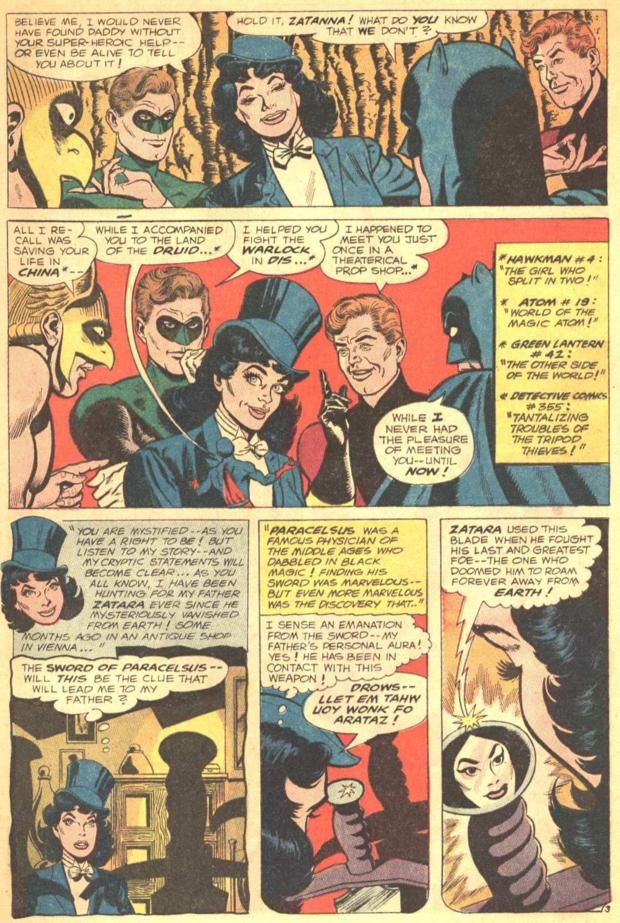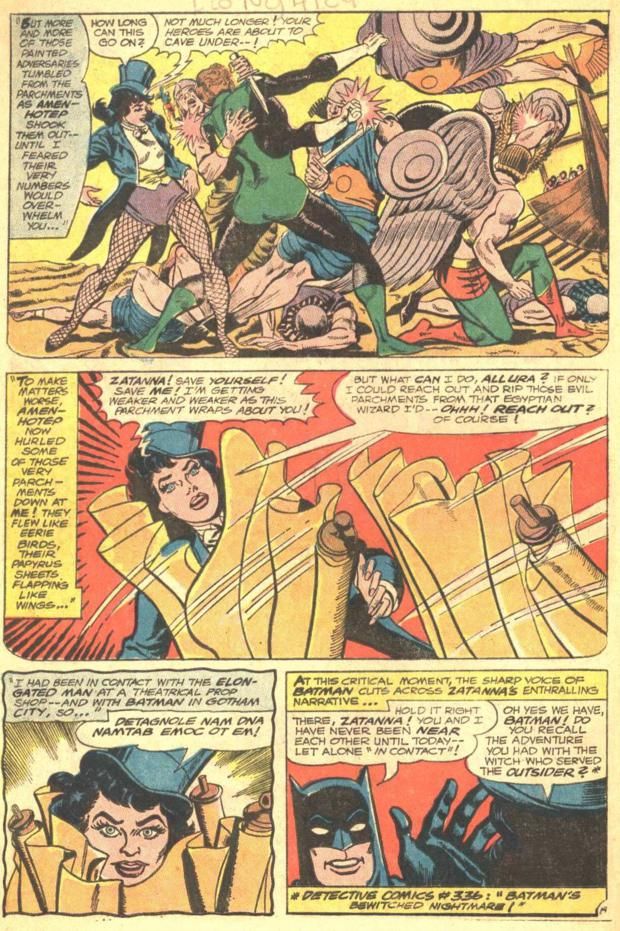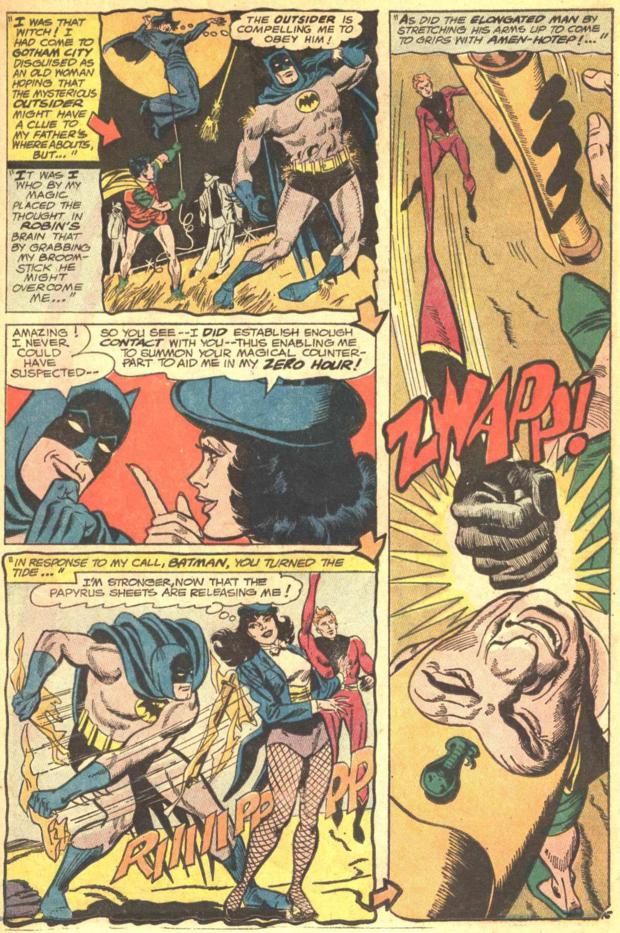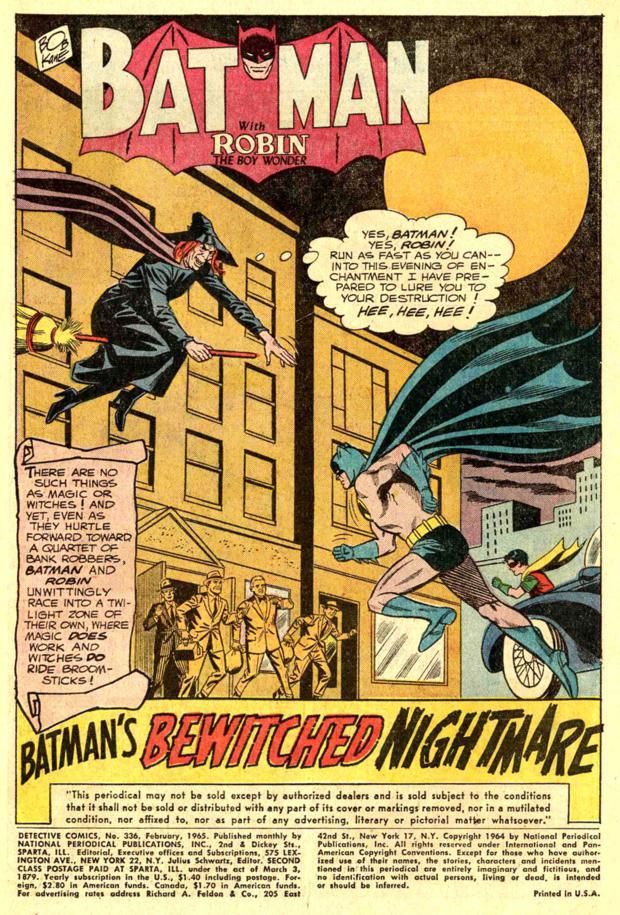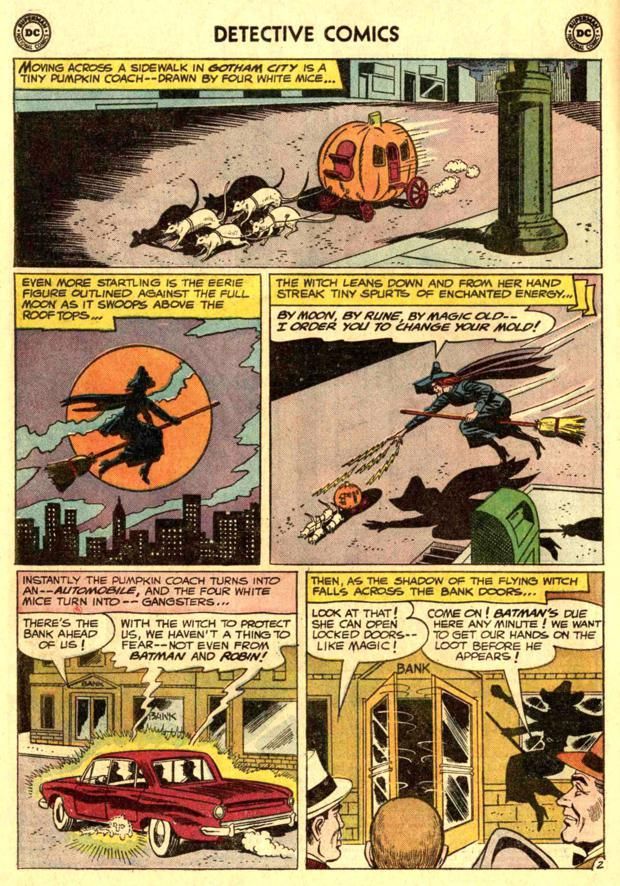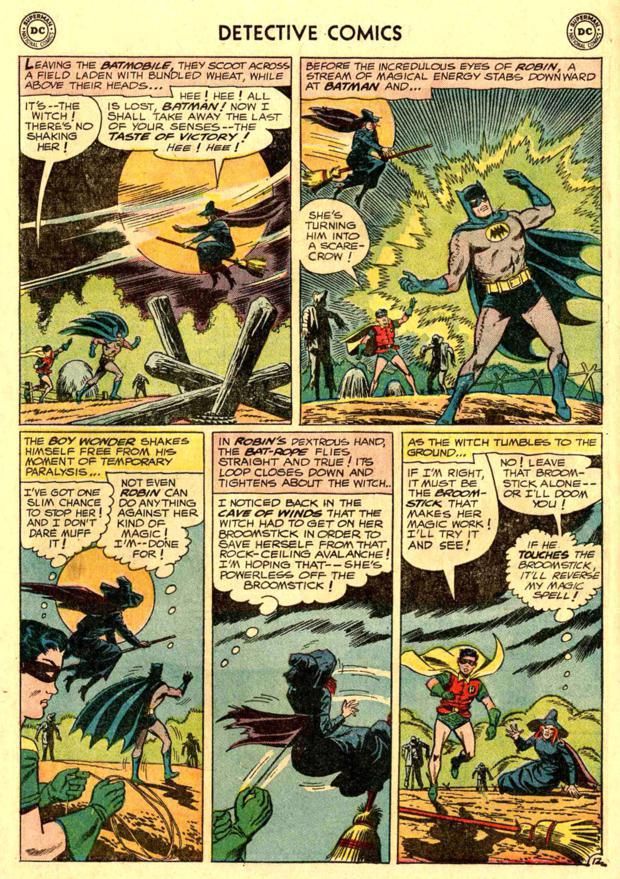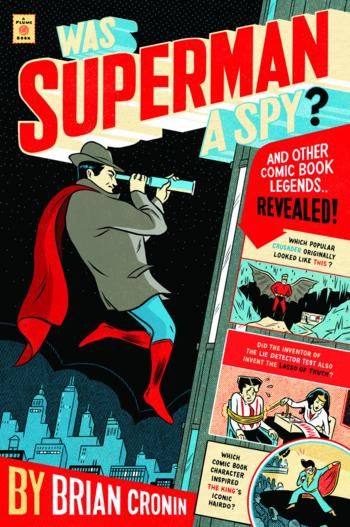Welcome to the four hundred and eighth in a series of examinations of comic book legends and whether they are true or false. Click here for an archive of the previous four hundred and seven. This week, it is a special theme week! All about Batman's sales in the 1960s! Did the 1960s Batman TV series really save the Batman comic book from cancellation? If not the TV series, then did Julie Schwartz and Carmine Infantino save it from cancellation a few years earlier? Finally, how did Batman's popularity affect the introduction of Zatanna?
Let's begin!
NOTE: As we showed you last week, the column is on three pages, a page for each legend. There's a little "next" button on the top of the page and the bottom of the page to take you to the next page (and you can navigate between each page by just clicking on the little 1, 2 and 3 on the top and the bottom, as well).
COMIC LEGEND: According to Bob Kane, the Batman TV series saved the Batman comic book from cancellation in the 1960s.
STATUS: False
It is undeniable that the success of the Batman TV series in 1966 created a massive boom in sales for Batman comics as well as pretty much anything ELSE Batman-related.
Heck, you need to look no further than the covers of the Justice League of America to see the difference. Here's a JLA cover from the end of 1965...
Here's one from the end of 1966...
Did you catch the subtle difference?
Lest you think that I am trying to mislead you, here are all of the 1966 (and early 1967) JLA covers surrounding the above cover...
So, yeah, Batman definitely exploded in popularity due to the success of the Batman TV series. For the first time in their respective histories, it was Batman that was the highest-selling superhero comic book and not Superman. It was a switch in sales popularity that would prove to be temporary (as Superman returned to the rule the roost after Bat-mania finished) but eventually Batman would overtake Superman permanently as DC Comics' #1 character from a sales perspective.
In fact, Batman's popularity was SO big that I am pretty sure that it led to an amusing retcon in an issue of Justice League of America (which you'll see in the third legend this week).
Anyhow, as the legend goes, Bob Kane, creator of Batman and still officially working on Batman during the mid-1960s (although obviously the actual comics were done by Bill Finger, Sheldon Moldoff and Charles Paris) stated that the Batman TV series saved the comic book from cancellation.
This is untrue.
While the sales on Batman almost exactly DOUBLED in 1966, the previous numbers were still quite good. According to John Jackson Miller's excellent sales research site, Comichron, Batman was selling 453,745 copies in 1965. That was a very good number. Far, far from cancellation figures. Detective Comics, meanwhile, was ALSO selling over 300,000 copies.
So no, the Batman TV series did not save the Batman comic book from cancellation. Honestly, while I've seen people quote Bob Kane on the topic, I've never actually seen the quote in question, so maybe that's a legend, as well, and Kane never actually said it.
Thanks to John Jackson Miller for the great information!
Check out some Entertainment Urban Legends Revealed!
Did an Episode of “How I Met Your Mother” Contain a REAL Wedding Proposal?
Did Gelsey Kirkland Really Make Herself Sick to Avoid Starring in The Turning Point?
Was Marie Taglioni Really the First Ballet Dancer to Dance En Pointe?
STATUS: I'm Going With a Tentative False
Okay, so if the Batman TV series didn't save the book from cancellation, could the saving have come a bit earlier in time?
Jack Schiff was the editor of the Batman titles in the 1950s and early 1960s. Since DC's highest-selling book was Superman, Schiff was pressured to bring the fantastical elements that categorized Mort Weisinger's Superman stories into the pages of Batman and Detective Comics.
As a result, despite his personal beliefs (he felt the ideas were dumb), Schiff had a lot of monsters and aliens and stuff like that...
And the sales on the book were definitely soft (as you can see from the last cover, Schiff even had to bring in a dog character because the Superman books had introduced a dog for Superman).
In 1964, editor Julius Schwartz and artist Carmine Infantino were brought aboard the Batman titles and besides adding a yellow oval around Batman's logo, the pair also made the books a lot more traditional superhero tales, bringing back most of Batman's classic villains as regular adversaries. In essence, their stories were very similar to what you'd see on the Batman TV series, just in comic book form. Their revamp proved quite popular...
Schwartz and Infantino have both said that they were told that they had six months to bring the sales of Batman and Detective Comics up or the books would be canceled. Jack Schiff disagreed with this assertion, saying that while yes, sales were down, they were never in cancellation range.
Our problem is that the numbers we have do not include 1963 or 1964, so it is difficult to prove for SURE if Schiff is correct or not.
However, if you look at the sales numbers on both books in 1962, Batman was selling over 400,000 copies and Detective was selling in the mid 200,000s. Both figures were WELL ahead of cancellation numbers, although they were both trending downwards from previous years. I think people misunderstand the relative popularity of a book selling 265,000 in 1962. Yes, it wasn't setting the world on fire, but 265,000 was a VERY solid number for a comic book.
I totally believe that the sales went down notably in 1963, I just find it extremely hard to believe that they went down enough to merit cancellation. Even if sales on both books HALVED, they would both be above cancellation range, especially Batman. Cancellation range for long-running titles at the time would be somewhere close to 100,000. The comic book companies typically had a quicker trigger on newer titles, though.
So I'm willing to believe Schiff and think that what Schwartz and Infantino were told was, in effect, that they had six months to turn the book around or they would try another approach or something like that. I mean, yes, if the sales CONTINUED to drop, the books would obviously eventually be canceled, I just do not believe based on the numbers that we do have that the titles were ever in clear and present danger of being cancelled.
Thanks again to John Jackson Miller's excellent sales research site, Comichron, for the numbers that we DO have.
Here are the numbers, by the way:
1961
Batman 485,000
Detective Comics 325,000
1962
Batman 410,000
Detective Comics 265,000
1965
Batman 453,745
Detective Comics 304,414
EDITED TO ADD: Commenter Hank suggests an interesting theory that I find believable, which is that DC used the threat of cancellation to try to get Bob Kane to re-negotiate his contract (as they preferred to have other creative teams doing the book besides Kane's ghost team). It is worth noting that DC eventually DID succeed in re-negotiating Kane's contract at the end of the decade (when sales plummeted from the Bat-mania sales levels), so that theory is quite reasonable. Thanks, Hank!
Check out some classic Comic Book Legends Revealed related to Carmine Infantino and Julie Schwartz!
Did Carmine Infantino once try to fire Nick Cardy for ignoring a cover instruction?
What bizarre introduction did Mike Ploog have with Carmine Infantino?
STATUS: True
Justice League of America #51 is the conclusion of Zatanna's Search, the classic Gardner Fox experiment in the comic book form. Fox had a new character, Zatanna, appear in all sorts of different comics looking for her father. It was a rather novel approach for a DC Comic at the time and it seemed to presage DC's attempts to have more of a shared universe like Marvel Comics. Anyhow, after meeting various heroes, she gathers all of the heroes who helped her in previous issues together in Justice League #51.
However, Batman says he never met her. She reveals that she met him in a disguise awhile back in Detective Comics #336.
This was almost certainly a retcon by Gardner Fox designed to get Batman into the Justice League story at the height of his popularity.
Check out the witch in Detective Comics #336...
Gardner Fox never confirmed it, but come on, there is no way that that is not a retcon designed just to find a way to get Batman into a Justice League issue at the height of his popularity. After all, as we showed earlier, DC certainly began to shove Batman into prominence in the Justice League after years of him playing a lesser role in the title, so it is not surprising to see DC editorial be disinterested in Fox doing an issue of Justice League of America without Batman in it, as this issue promised to be before the retcon.
Thanks to commenter Fraser for suggesting this legend (if indirectly)!
Check out the latest edition of my weekly Movie/TV Legends Revealed Column at Spinoff Online: Was there really a scene in Goonies where they fight a giant octopus?
Okay, that's it for this week!
Thanks to the Grand Comics Database for this week's covers! And thanks to Brandon Hanvey for the Comic Book Legends Revealed logo!
Feel free (heck, I implore you!) to write in with your suggestions for future installments! My e-mail address is cronb01@aol.com. And my Twitter feed is http://twitter.com/brian_cronin, so you can ask me legends there, as well!
Here's my new book, Why Does Batman Carry Shark Repellent? The cover is by Kevin Hopgood (the fellow who designed War Machine's armor).
If you want to order a copy, ordering it here
gives me a referral fee.
Follow Comics Should Be Good on Twitter and on Facebook (also, feel free to share Comic Book Legends Revealed on our Facebook page!). Not only will you get updates when new blog posts show up on both Twitter and Facebook, but you'll get original content from me, as well!
Also, be sure to check out my website, Urban Legends Revealed, where I look into urban legends about the worlds of entertainment and sports, which you can find here, at urbanlegendsrevealed.com.
Here's my book of Comic Book Legends (130 legends - half of them are re-worked classic legends I've featured on the blog and half of them are legends never published on the blog!).
The cover is by artist Mickey Duzyj. He did a great job on it...(click to enlarge)...
If you'd like to order it, you can use the following code if you'd like to send me a bit of a referral fee...
Was Superman a Spy?: And Other Comic Book Legends Revealed
See you all next week!

